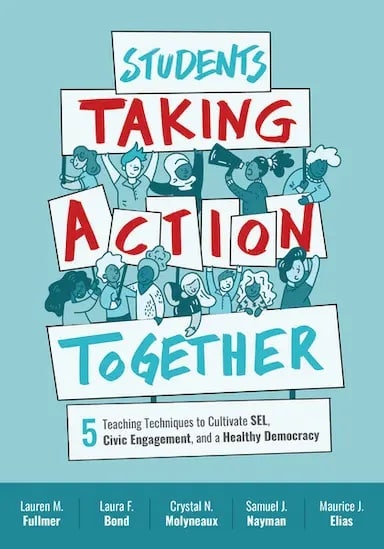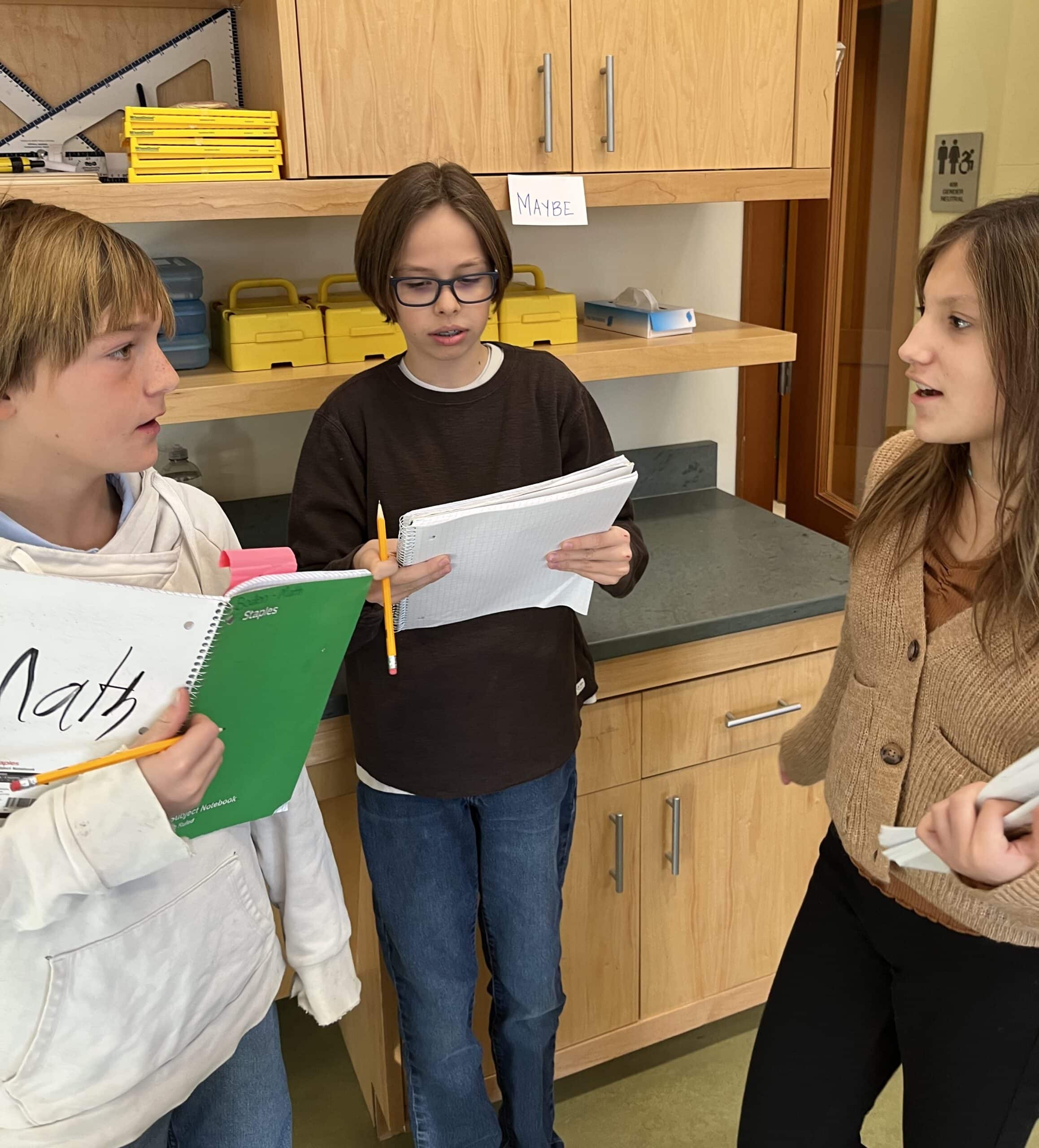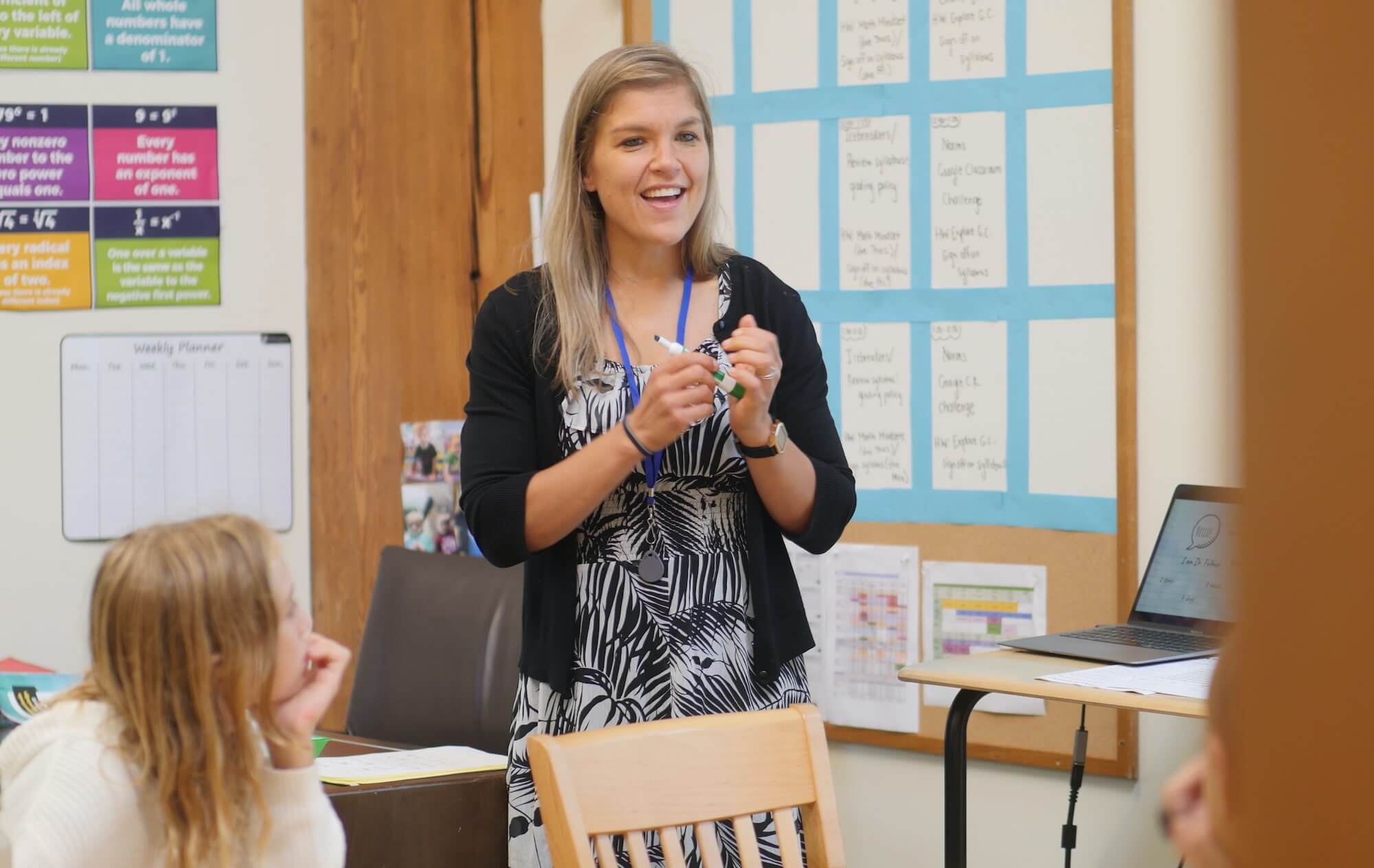Did you know that Dr. Lauren Fullmer, Willow’s Middle School Math Teacher & Department Chair, recently published a book? Dr. Fullmer worked with a team of educators and psychologists through the Rutgers Social-Emotional and Character Development Lab to create a program called Students Taking Action Together (STAT) and co-author a book of the same name. Recently, Dr. Fullmer and another member of the team presented one of the strategies from their program at the annual ASCD Conference.
What is STAT?
STAT is a set of five instructional strategies that teachers can use to integrate social-emotional learning (SEL) skills and civil discourse into the curriculum for grades 5-12. Students Taking Action Together was created to help teachers promote deeper student engagement with content, nurture civil discourse, and exercise students’ SEL muscles in the context of preparing them for their roles in improving classroom and community life now and in the future.

Dr. Fullmer worked with her team on this book!
“The book is intended to really be a guidebook for teachers and administrators,” said Dr. Fullmer, who notes that it includes sample lesson plans and a companion website.
Cultivating Compassionate Problem Solvers
At the ASCD Conference, in a presentation called “Cultivating Compassionate Problem Solvers,” the team outlined their fifth strategy: a four-step process called “PLAN.”
“PLAN is a problem-solving framework,” explained Dr. Fullmer. “It’s intended to promote self-directed learning and help students tackle complex social issues, giving them the tools to be able to really analyze a problem and think about how they would handle it.”
PLAN stands for Problem description, List of options, Action plan, and Notice successes. In the first step, students work together to outline the problem using source materials and analyze it from multiple perspectives, even from the perspective of those who may not see it as a problem. Once students describe and collaboratively agree on what the problem is, they then list out possible solutions and discuss all of the ways the problem could be addressed.

Willow middle schoolers use the strategies in match class, including a strategy called “Yes-No-Maybe” that helps students share their opinions and engage in perspective-taking with their peers.
“It’s really a brain dump that gets students thinking about all of the different options,” said Dr. Fullmer. “But then, ultimately, the students weigh the pros and cons of each of the options to consider which has the most positive and fewest negative impacts on the greatest number of stakeholders involved.”
Then, students create SMART goals (specific, measurable, achievable, relevant and time-bound) and a multi-step action plan based on their choice. If they can put the plan into action, they do. Finally, students engage in self-reflection to think about what went well and what could be improved.
“There are different levels of this instructional strategy,” Dr. Fullmer explains. The team’s book goes through ways to apply PLAN for smaller problems and short lessons, as well as ways to expand the strategy into an interdisciplinary, project-based learning approach that might take place over the course of a full unit or semester.
The presentation sparked great discussion and connections. “It was really great to connect with other educators from around the world to hear about the challenges they’re facing and the ways that other schools are innovating,” Dr. Fullmer said.
Why SEL Matters
“SEL and academics are not separate,” said Dr. Fullmer. “They’re one and the same. Sometimes people look at SEL as an add-on, but our students have so much more potential to achieve academically when we activate their SEL skills. Whether that’s teaching presentation literacy skills and explicitly breaking down how to make eye contact or equipping students with self-management tools so that they can handle stressful situations better, SEL skills are so important. They’re a toolkit of skills that kids innately possess, but if we focus on strengthening them, students can be more present, able, and willing to learn.”
Learn more about the five STAT strategies on the Rutgers Social-Emotional and Character Development Lab website.

